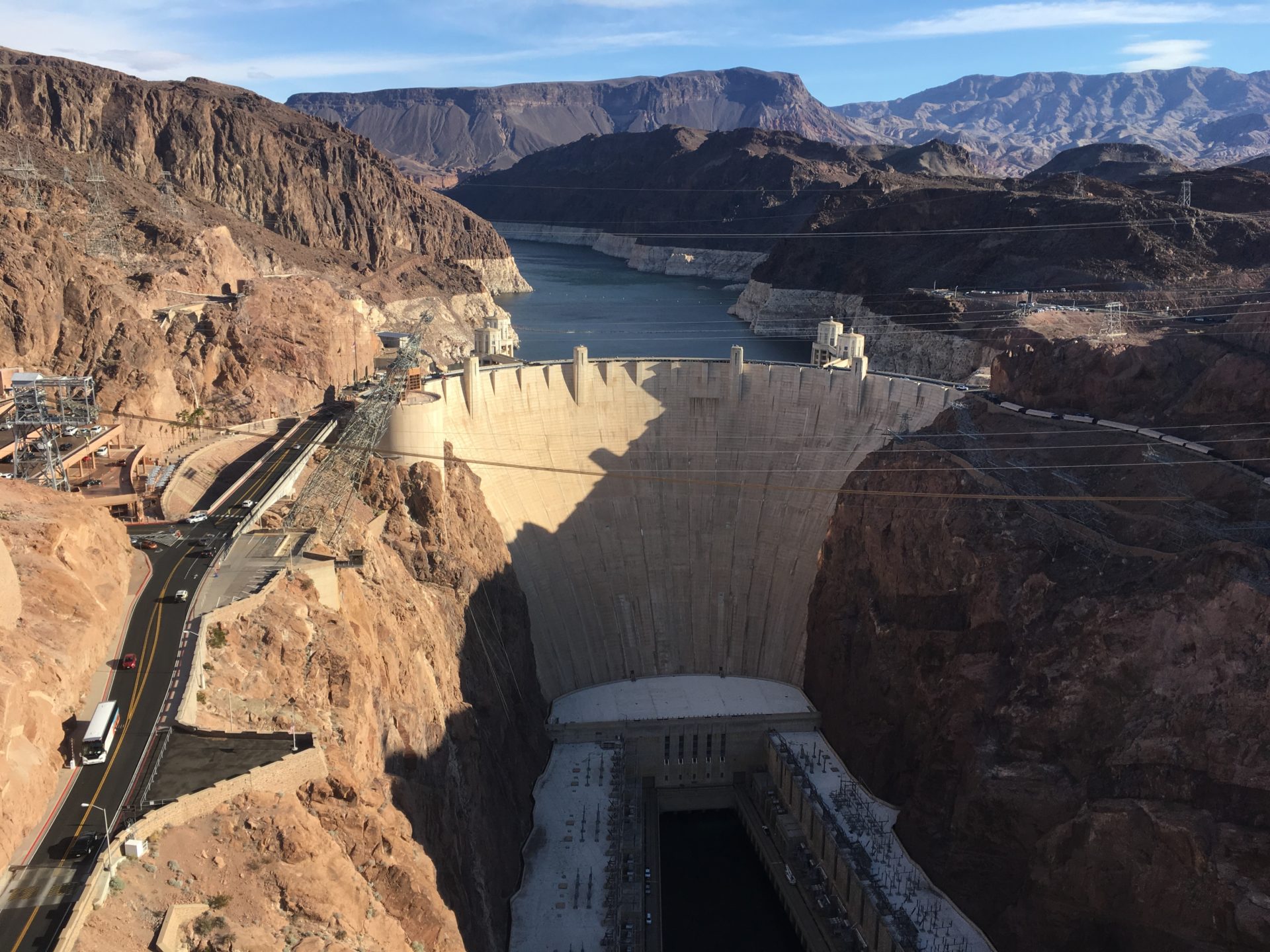
Can’t we just build a pipe to move water to areas in drought?
It is true we could build a pipe or canal to move water around. In fact, a 1930s plan called the Bradfield Scheme suggested using dams, pumps and pipes to move flood waters from Australia’s north to drier inland areas.
Some politicians still support this plan but some environmental experts have said it wouldn’t really work and would be very expensive.
It has been reported that the NSW government is considering exploring a similar idea.
Before moving water around like this, we’d need to think really hard about whether we might be upsetting the balance of water – both in the place of drought and the area of plenty.
The Australian landscape is very old and the soils in inland areas can be very fragile.
Moving water around can affect soil, plants and animals
Let’s say we took a lot of water from the coast and piped it to a dry inland area.
Adding a lot of extra water to the dry inland area may end up damaging the soil there by upsetting the natural balance of salts and chemicals. Plants and animals that live in that area may also be affected by all the extra water suddenly arriving.
And the coastal area that water is taken from? It may also suffer. Suddenly having less water in a flood plain, for example, may upset the natural health of the soil and the environment in those places.
We also need to think about how taking water from one area might affect the agriculture and fishing industries from that place, or put extra pressure on those industries in time of drought.
Another factor is the impact the pipes or canals may have on the landscape. They can create problems for plants and wildlife.
Finally, we’d need to consider the cost of big projects like this. It would be expensive and there may be cheaper ways to help address the problems.
Working together to find solutions
Scientists think that climate change will increase how severe weather events are and make droughts worse.
Good design takes into account things that are important to the traditional owners of various places, to people who live in those places, and to the land itself.
Science, together with long-term knowledge from Aboriginal traditional owners and more recently, farmers, can help us better understand how these sorts of schemes might affect the landscape.
Thank you for your great question! I hope you keep exploring ideas and looking for solutions.
Written by Ken Doust, Senior Lecturer in Engineering Management , Southern Cross University
This article is republished from The Conversation under a Creative Commons license. Read the original article.


